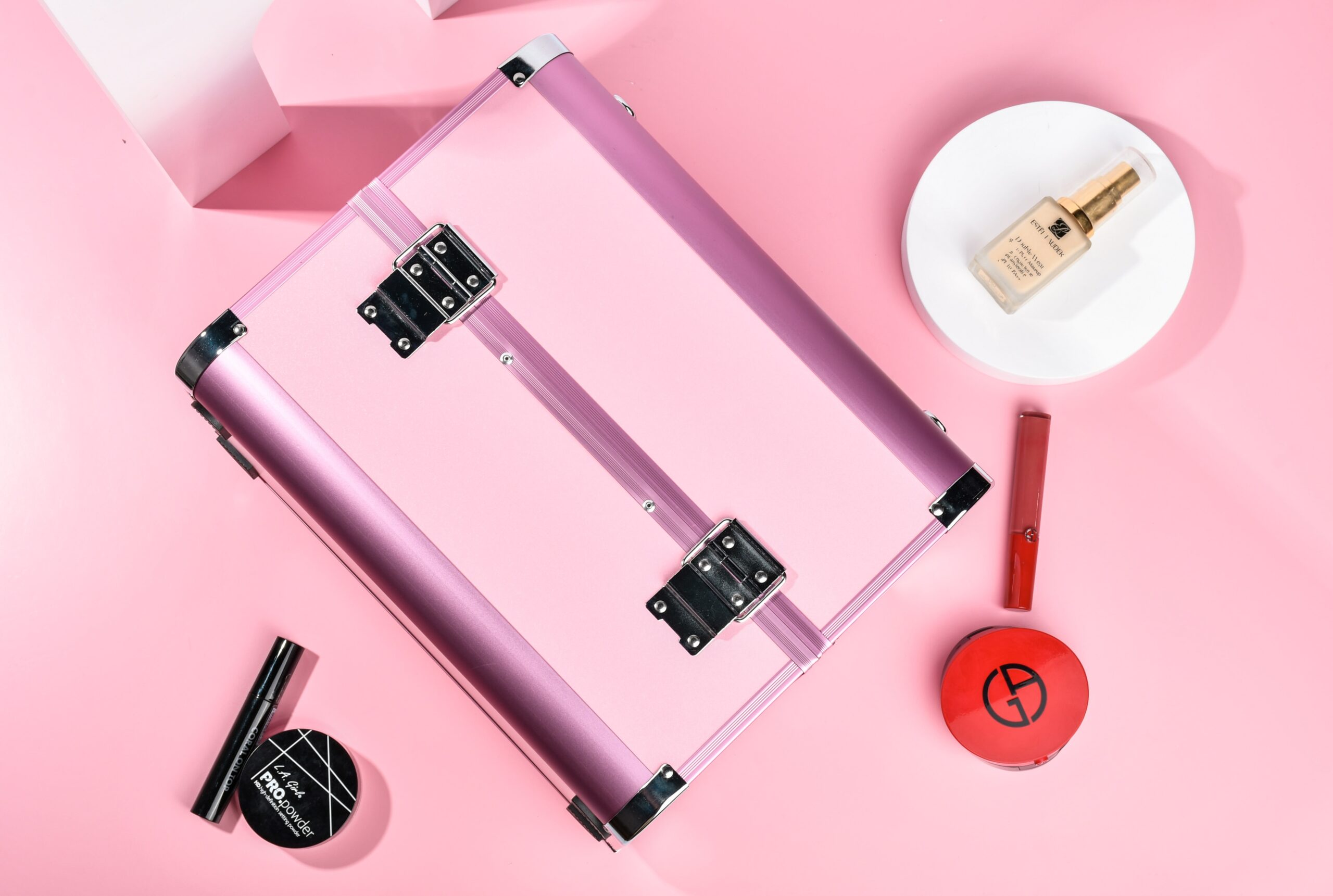It’s Monday morning, I can be all rosy or straight-up hit you with facts. I will choose the latter for today. Scrutinise your following list, or your explore tab, or maybe even the news channels for that matter, how much do you see the buzz around: skincare, personal wash, hair care, and makeup categories? You must have definitely heard about a particular actress investing an undisclosed amount in such products or businesses. Whether it be Kaif’s line of products at Kay or Bhatt’s investment in Nykaa, the beauty industry is thriving.
Let me put aside the conversation around the industry that “thrives on the insecurity of its audience”. From a completely analytical and observational point of view, the industry is not only limited to some makeup products. The beauty industry is beyond and there is no doubt about it.
According to the Connected beauty consumer report by Google, WPP & Kantar- India offers the 2nd highest internet user base globally with significant room for growth. The Beauty industry is to be Rs 1.11 trillion by 2024.
Let us look at the different aspects of the report and how much of it can be seen from an observational standpoint alone.
There is no denying the digital influence on our buying behaviour. The industry size that was around 73k crores in 2019 is going to be around 102k-111k crores by 2024 (incorporating the COVID impact). The beauty industry expected to grow faster than the homecare sector in FMCG products. It is one of the most profitable sectors in the FMCG line.
The COVID beauty journey
Digital penetration found a perfect spot in the COVID journey for many. “Stay at home” mandates across various sections led to a surge in the online sphere across categories. For obvious reasons, hygiene became a key aspect, and people inclined towards DIY or natural solutions. This also gave rise to an inclination towards hobbies and giving the world some amazing pet projects.
According to the report, these 3V’s continued to be the gateway to most new consumers: Voice, Video, and Vernacular.
Pro tip: Audiences in Indian generally prefer watching content in Hindi (around 54%) in comparison to English (around 16%).
Reportedly the online content is already getting reflected in purchase patterns & ad spends. The top 5 beauty categories online are skin creams, shampoo, deodorant, bar soap, and face wash – accounting for 3/4th of the total volume share.
It’s all about me
Consumer journeys are more personal than we think. Over the past few years with the digital revolution in India, consumers now have multiple sources for discovery and information research. From beauty hacks on YouTube to glow up reels, the market to be explored is huge.
The linear purchase model has drastically changed. The purchasing model in the beauty industry is much more complex now. It is personal and fragmented. 9/10 consumer journeys now influenced by digital spaces. There has been a difference in touchpoints between an online market and an offline market.
“What might happen and therefore be relevant to marketers is the wish to understand individual needs and to iterate between touchpoints. Brands that catch up to these individual needs and focus on creating integrated journeys including the most relevant touchpoints are likely to be well placed. As consumers seek unified buying experiences across online and physical platforms, personalization around brand propositions such as organic, natural, occasion, and chemical-free could help enhance the consumer experience.”
“For me” has become the added suffix while searching for any skin based product.
Reportedly gender inclusivity has also seen a positive strive in this. Male consumers continue to showcase interest in beauty categories online. With influencers like Ankush Bahuguna, Siddharth Batra, and more who promote makeup for men and normalise it, it is definitely good to see that makeup is not gendered.
Online or Over-looked
Undoubtedly YouTube has emerged as the online beauty advisor with Google Search being the gateway to discovery. Consumers exhibit multi-platform behaviour straddling platforms before making the purchase decision. There is a lot of to and fro across platforms with comparing prices, reading reviews, and more. With Covid-19, consumers stuck indoors searched for “at home” content, DIY products, and natural ingredients.
Reportedly consumers are treating YouTube video reviews, advice & tutorials like a beauty counter/advisor. There has been an 80% growth in watch time of beauty tips “for men” on YouTube in the first half of 2019. 81% engage with beauty creators on YouTube. 26% purchased a beauty product as a result of watching a beauty video on YouTube.
“Consumer needs” change with changes in seasonality, latest trends, life events, and lifestyle.
Tech is the future of the beauty
Consumer friction to rise further as they try to complete the traditional offline activities online e.g. lipstick try-on.
There’s an opportunity for brands to own these moments and alleviate them through new uses of technology. Everything from targeted content to tutorials, product personalisation to augmented reality, has been enabled by technology and will continue to act as an accelerator for the industry.
I have talked about the experience economy before here. Create an experience for your consumers. With the current situation, brands can actually progress a lot if they introduce tech exclusive ideas in their respective beauty brands. Voice Assistant has the highest potential.
Re-Think the Digitisation of the company through partnership/ investment /acquisition of tech players.

